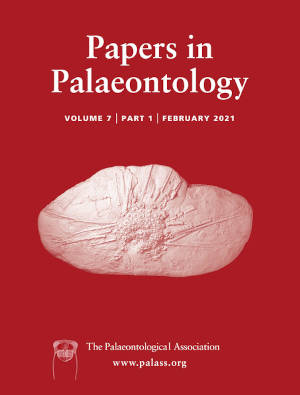Reg. Charity No. 1168330

Cistecephalids are among the most distinctive Permian dicynodonts because of their highly derived skulls and postcrania, which indicate a fossorial ecology. Four cistecephalid species have been described from India, South Africa, and Tanzania; a fifth putative species has been reported from the Luangwa Basin of Zambia but never formally described. Here we present a detailed description of the Luangwa Basin cistecephalid, which we name Kembawacela kitchingi gen. et. sp. nov. The most obvious diagnostic character of K. kitchingi is the presence of caniniform tusks in most specimens. Other important characters include a pineal foramen located at the posterior end of the skull roof; an interparietal that has a pair of anterior processes that extend onto the dorsal surface of the skull, flanking the pineal foramen (but otherwise is restricted to the occipital surface); an undivided nuchal crest; and a trough on the ventral surface of the mid‐ventral vomerine plate. Phylogenetic analysis reconstructs Kembawacela as a basal cistecephalid and confirms that Cistecephalidae is a well‐supported clade. However, relationships within the clade received low branch support. Increased knowledge of cistecephalid diversity shows that they vary in functionally relevant characters, such as degree of inflation of the bony vestibule and the morphology of the scapula and humerus, indicating the need for a more nuanced approach to the relationship between form, function and ecology in the clade. The highly allopatric distribution of cistecephalid species suggests that they experienced strong interspecific competition for limited resources and had limited dispersal ability, similar to extant subterranean mammals.